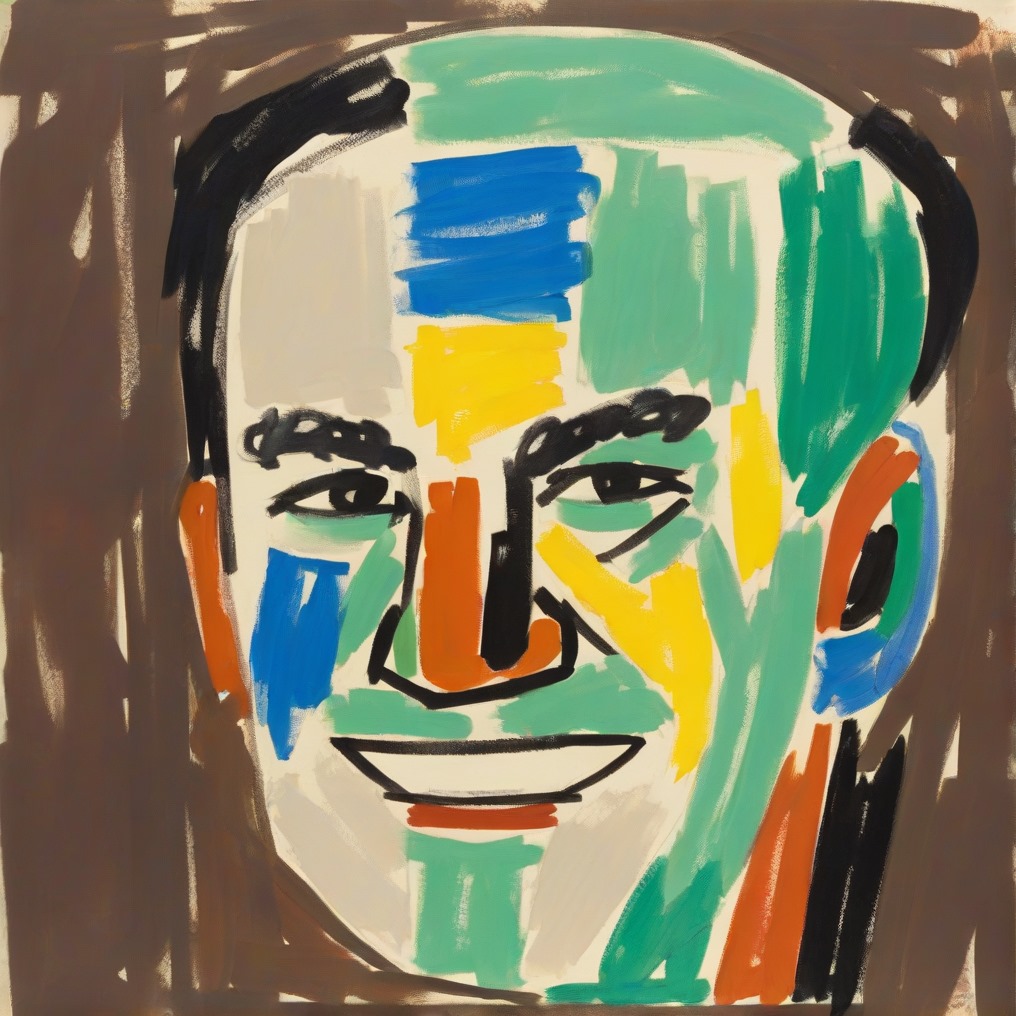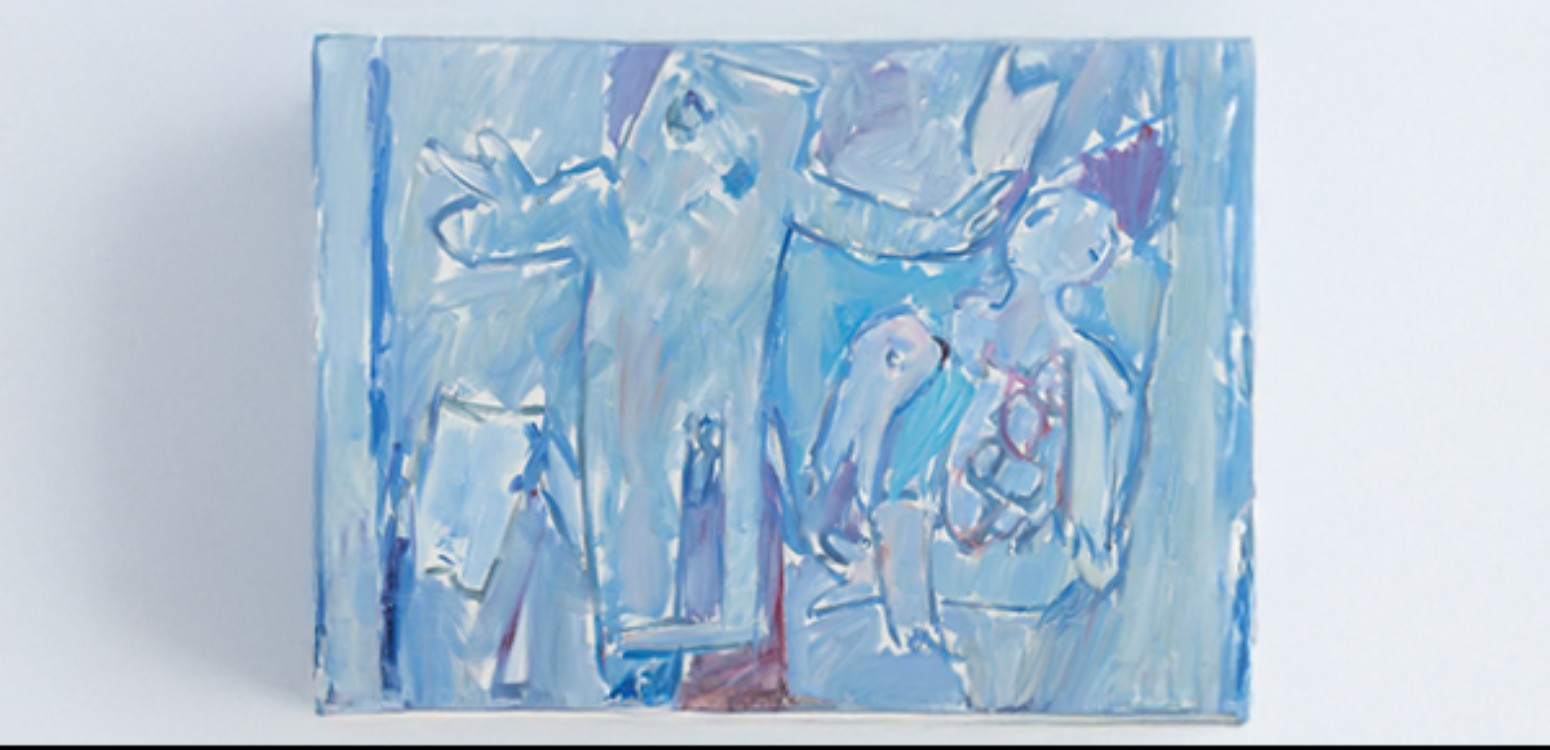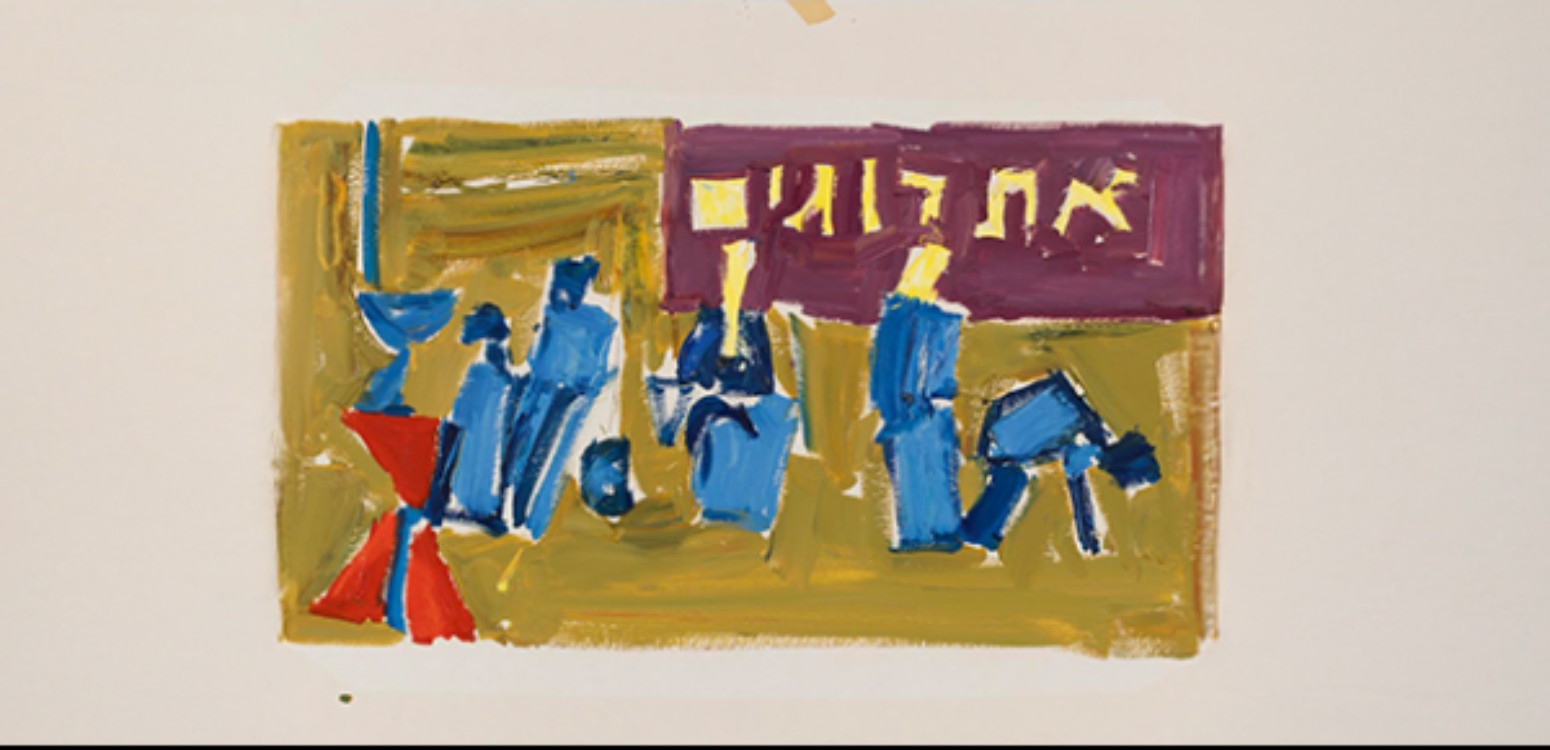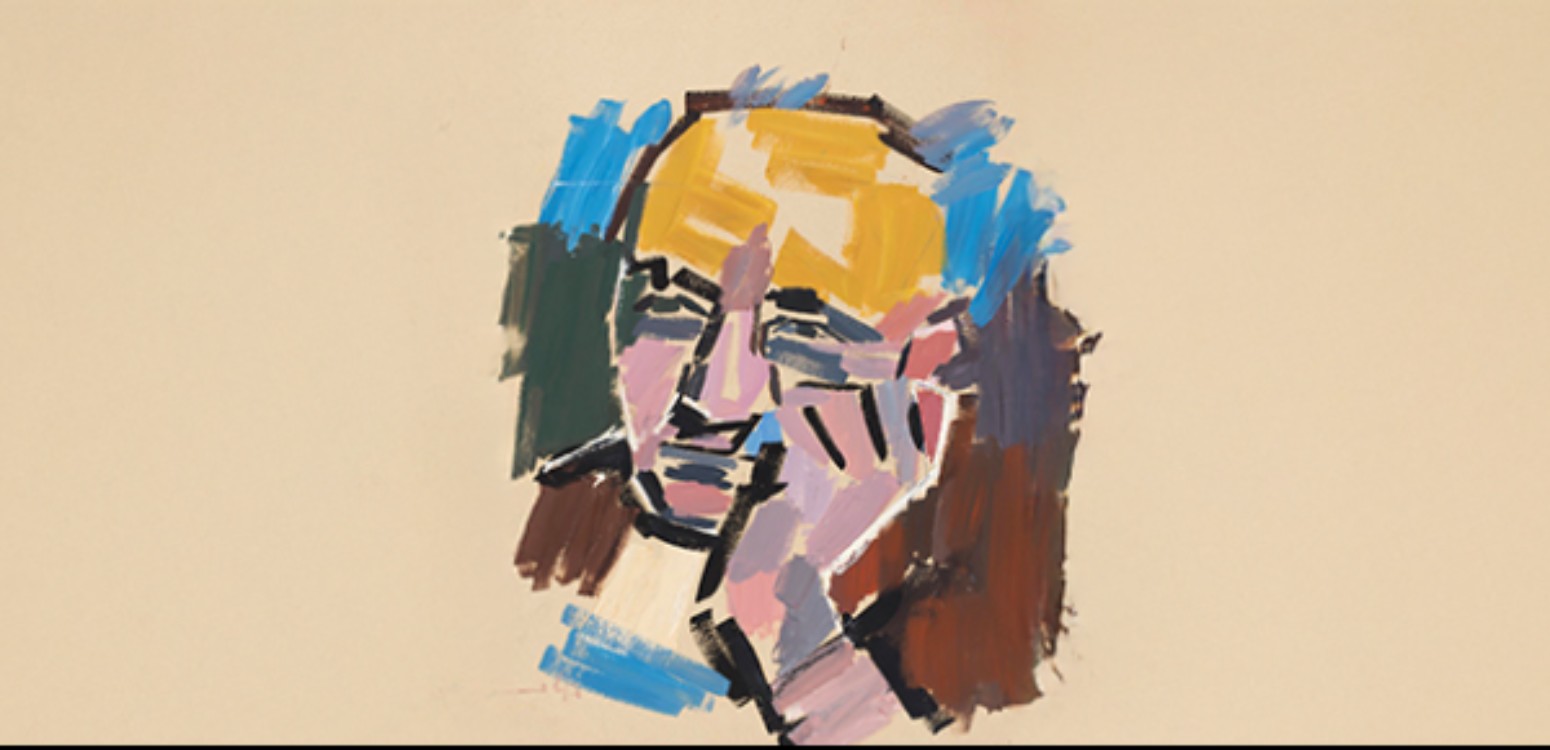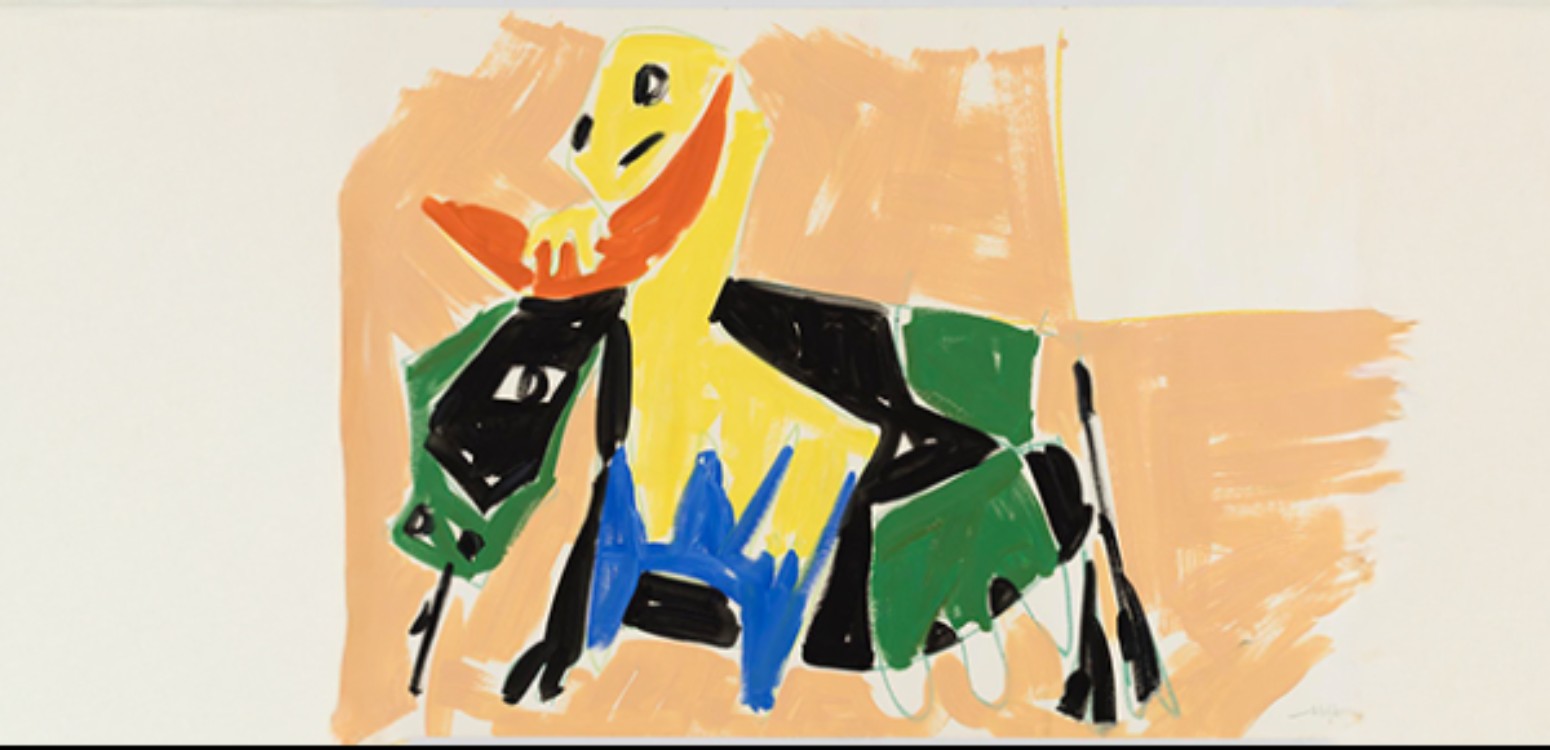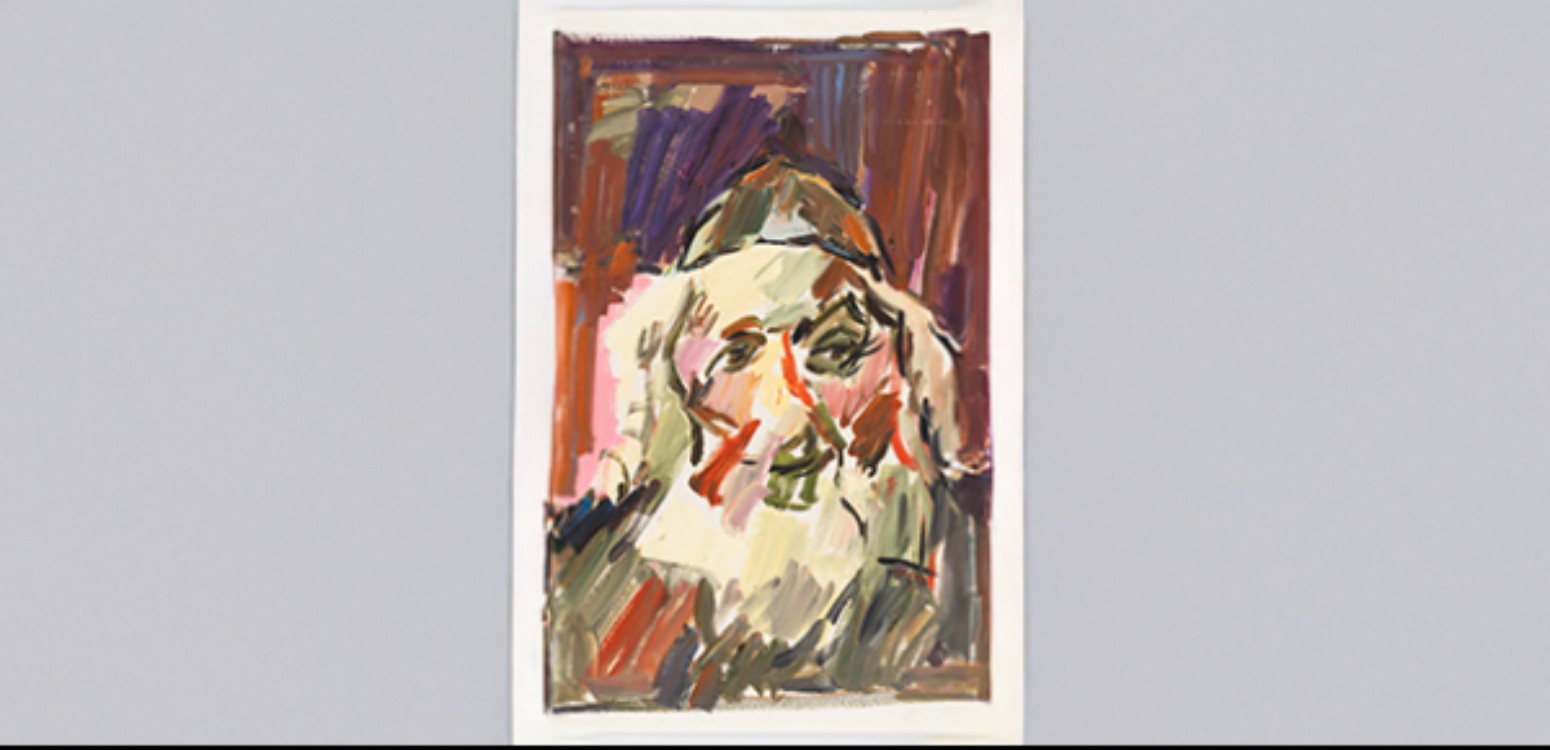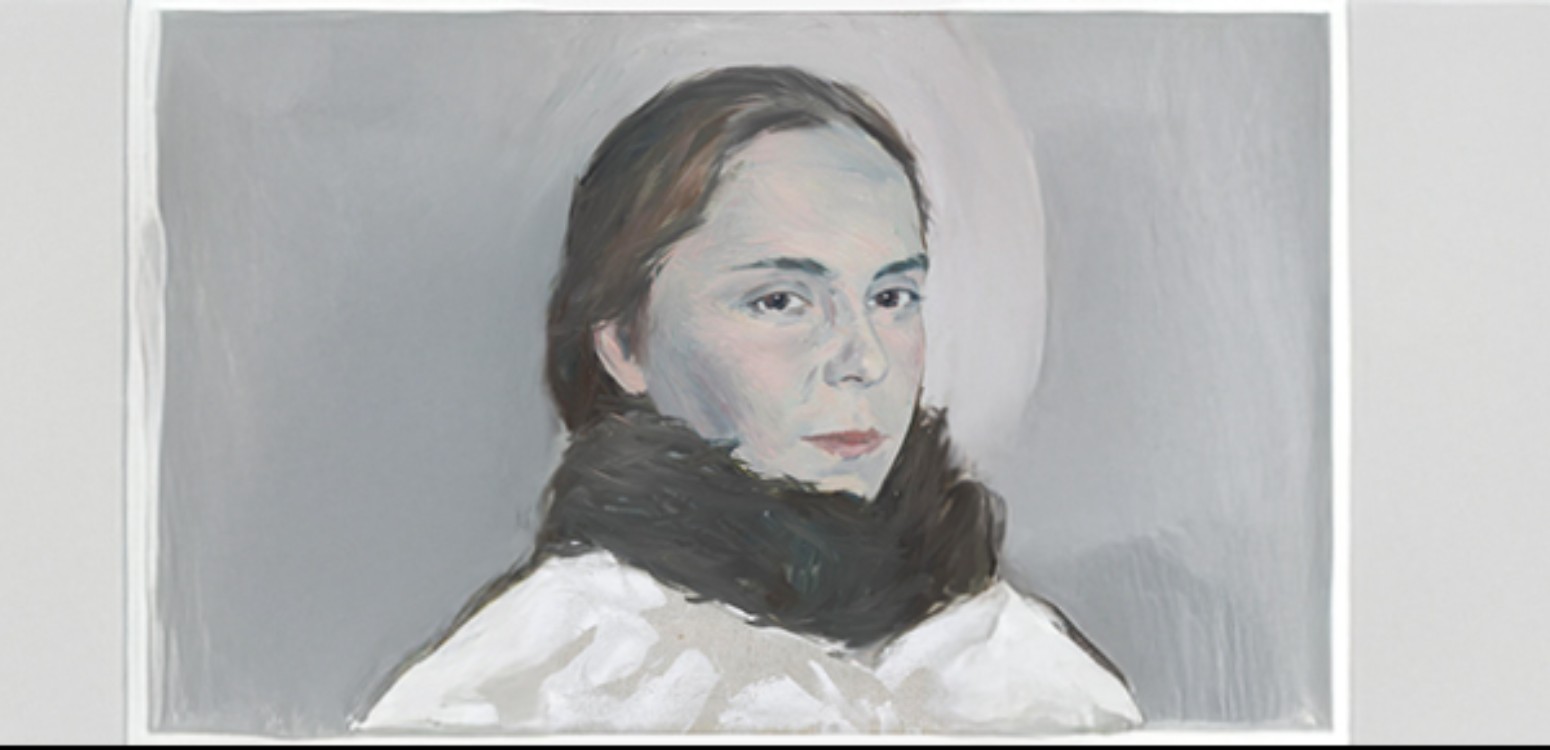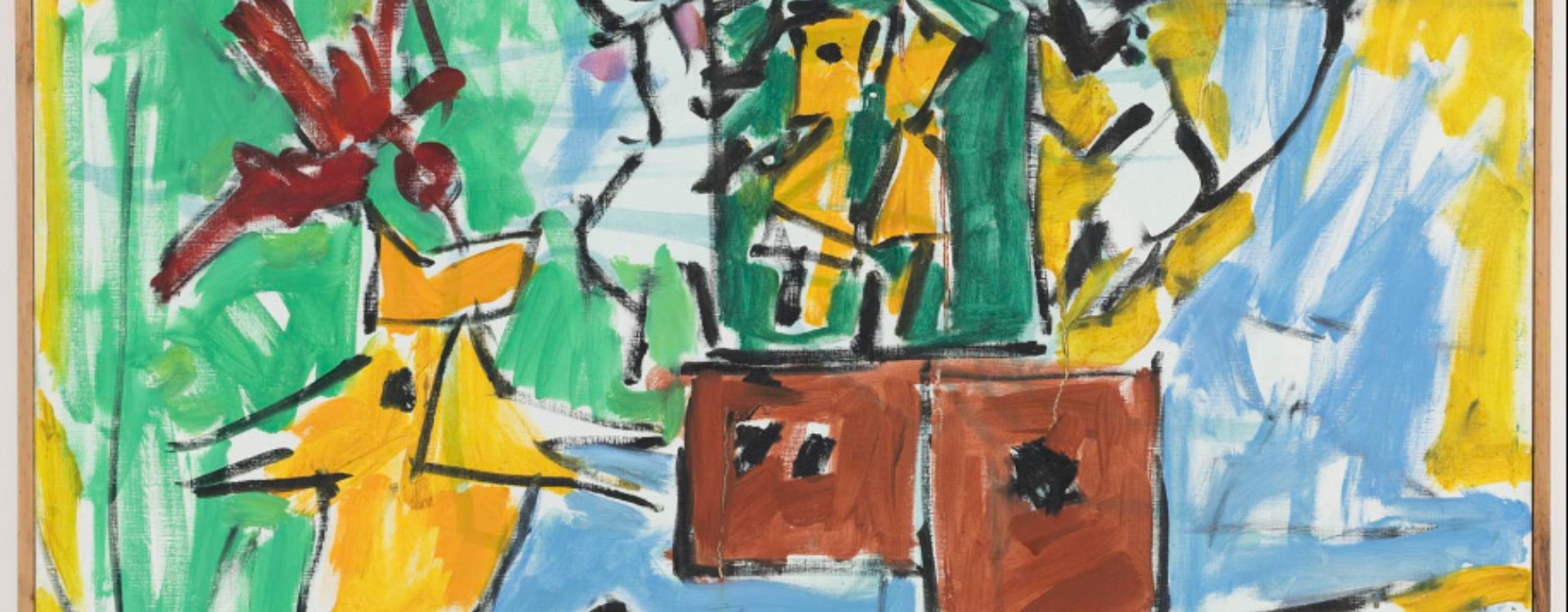
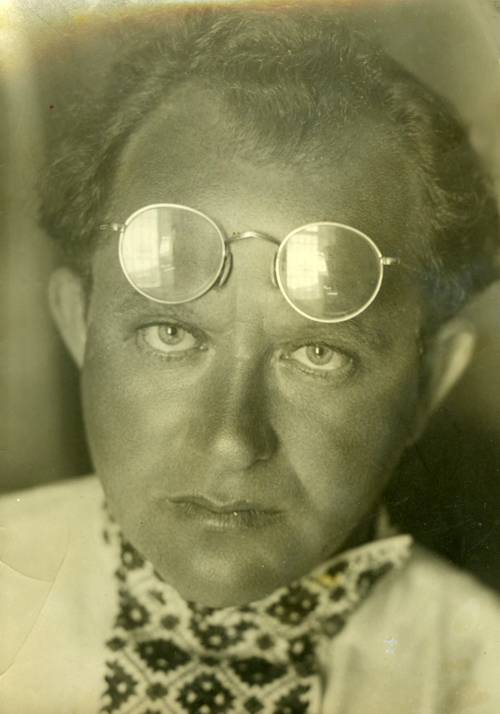
Pinchas Litvinovsky was born in 1894 as Piotr Vladimirovich Litvinovsky in Novogeorgievsk (then the Russian Empire, now Ukraine), to a family of Jewish merchants and received his education in a cheder. In 1912, he was awarded a scholarship to the Academy of Arts in Odessa, where he met Boris Schatz, who suggested he transfer to study at Bezalel in Jerusalem. As a result, Litvinovsky immigrated to Palestine, but shortly thereafter left his studies in protest against the teaching methods at the institution. Upon returning to Russia, he began studying at the Academy of Arts in Petrograd (now Saint Petersburg). In 1917, he married Liza Torgovsky, and the couple had two daughters.
In 1919, Litvinovsky immigrated to Palestine for the second time on the ship “Ruslan,” which marked the beginning of the Third Aliyah wave. He participated in several major exhibitions and also designed theater sets and worked in graphic design. In the early 1950s, he settled in an abandoned house in the Katamon neighborhood of Jerusalem, where he lived and worked in his studio. From the 1930s onwards, he frequently stayed in Europe and the United States, where he encountered the works of Georges Rouault, Cézanne, Matisse, Picasso, Miró, and the painters of the School of Paris. Under their influence, his artistic style underwent transformations over the years: from Constructivism and Russian Impressionism in the beginning, through modernist and expressive trends, to formal and colorful abstraction in the final period of his life. For his achievements, he received several awards, foremost the Israel Prize for Painting (1980). He died on the eve of Rosh Hashanah 5746 (1985) in Jerusalem.
Litvinovsky was not part of any artistic group, rarely exhibited his works, and did not typically date his pieces or give them names. Apart from portrait paintings, he generally avoided selling his work. After his death, the painter’s archive, which included over six thousand pieces housed his Jerusalem studio, encountered many hardships over the years, culminating in a massive destruction that reduced the thousands of works to just a few hundred select items. The exhibition “You Must Choose Life – That is Art” seeks to present a selection of the best works that survived, displaying the different artistic faces of Pinchas Litvinovsky – playful, sensual, and spiritual.
Director of Beit Avi Chai: David Rozenson
Curator: Amichai Chasson
Assistant curator: Rika Grinfeld Barnea
Production: Eyal Lavit and Shahar Montlake
Exhibition Design: Lisa Blechman
Graphic Design: Sonja Olitsky
AI Experience Design: Alon Chitayat
Software Development: Avinoam Cooper
exhibition contents
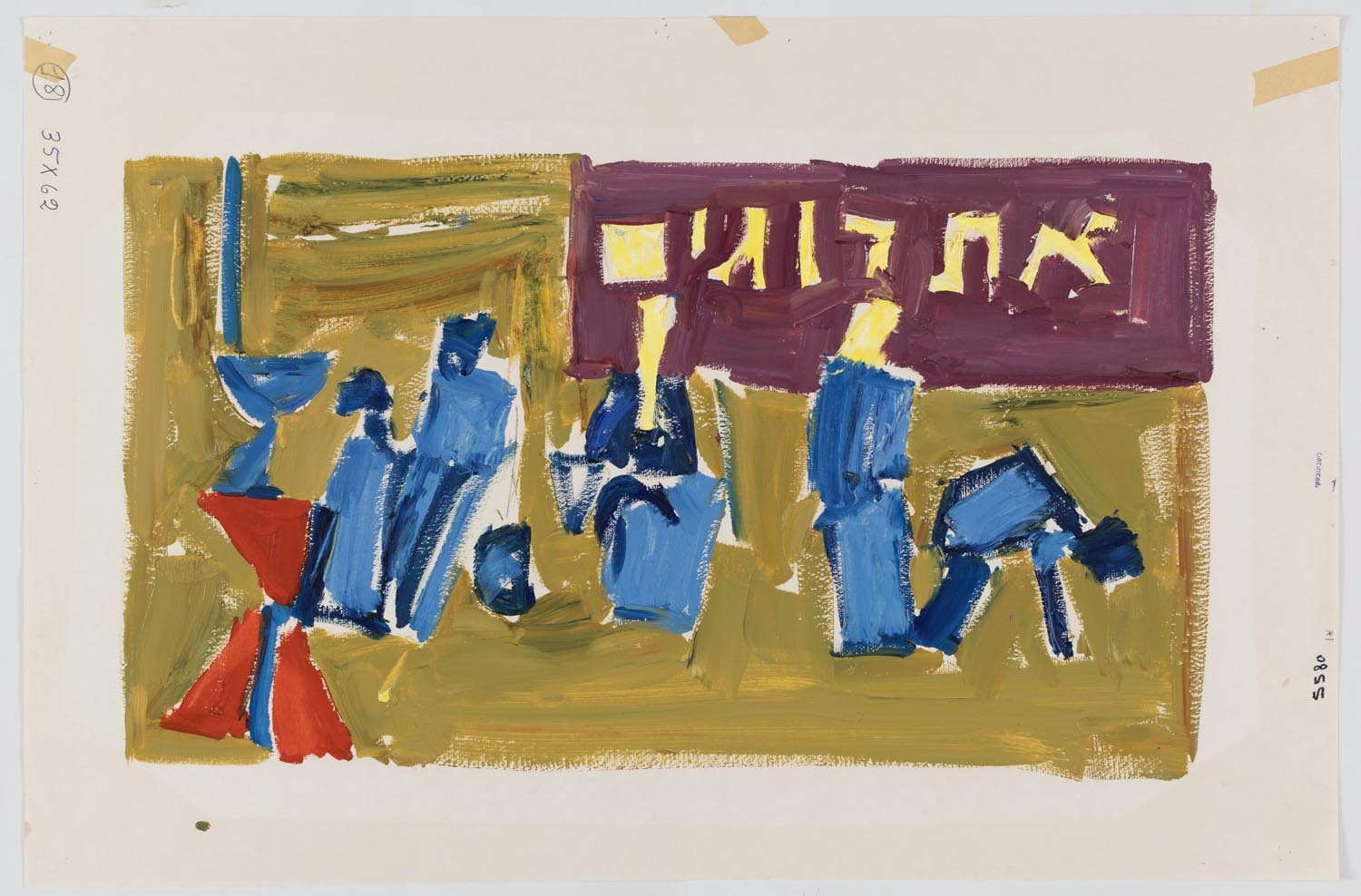
Guided Exhibition Tour - "You Must Choose life – That is Art: Pinchas Litvinovsky"
Come join our English tour to discover Israel’s most celebrated forgotten artist.
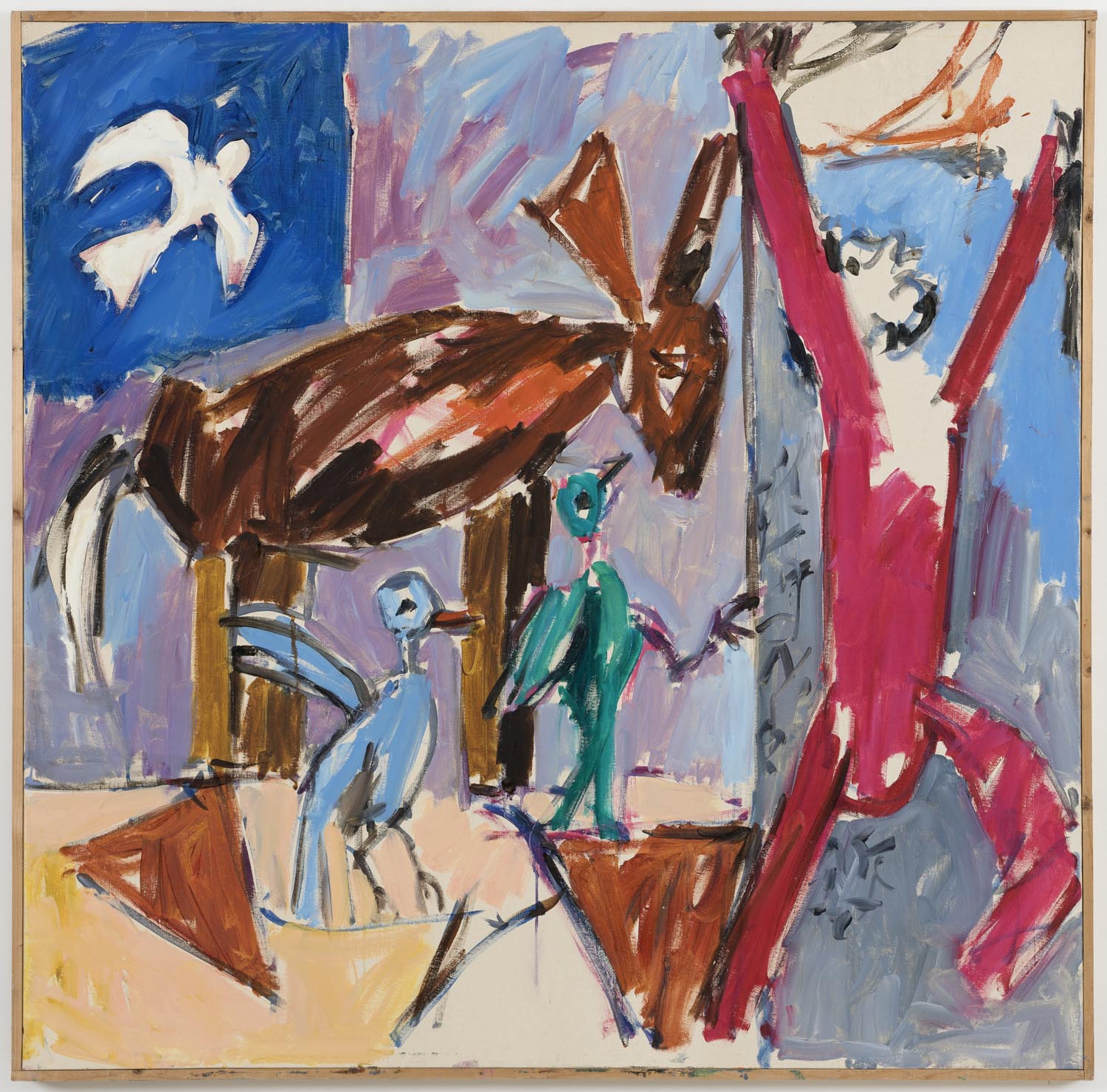
Visit the Exhibition "You Must Choose Life – That Is Art: Pinchas Litvinovsky"
Pinchas (Piotr Vladimirovich) Litvinovsky was born in 1894 in the city of Novogeorgievsk (then the Russian Empire,now Ukraine) to a religious Jewish family of merchants. Having been awarded a scholarship to attend the Academy of Art in Odessa in 1912, Litvinovsky met artist Boris Schatz there, who suggested that the former enters Bezalel in Jerusalem.
